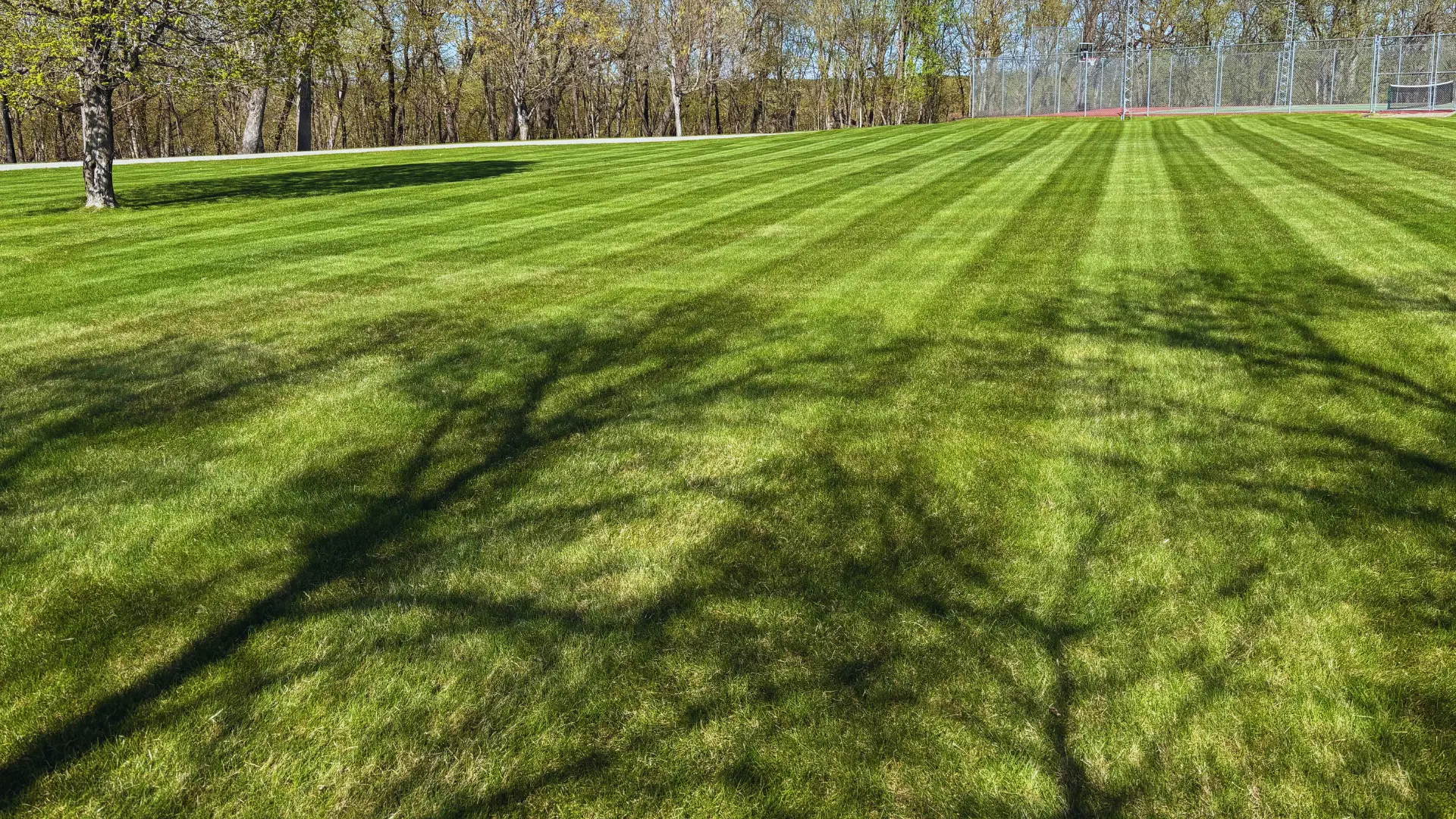Achieving a vibrant, healthy lawn doesn't require constant watering; it requires smart watering. By understanding a few key principles, you can ensure your grass thrives while conserving water and enhancing its resilience.
How Much Water Does Your Lawn Really Need?
For a truly green and growing lawn, aim for about 1 inch of water per week. This can come from your irrigation, rainfall, or a combination of both. The goal is to water deeply to encourage roots to grow further down into the soil.
Timing is Everything: When to Water
The best time to water your lawn is in the early morning, typically between 4 a.m. and 8 a.m. This allows the grass to absorb the water it needs while minimizing loss to evaporation and wind. Watering at this time also reduces the chance of fungal diseases that can occur if the lawn stays wet overnight.
Deep & Infrequent: The Golden Rule
Avoid light, frequent sprinklings. Instead, focus on watering deeply and less often. The frequency depends on your soil type:
Clay Soils: These soils retain water longer, so they typically need to be irrigated only once or twice a week, but with a greater volume of water to ensure deep penetration.
Sandy Soils: Water drains more quickly through sandy soils, meaning they may need watering two or three times a week, but with less volume each time.
Deep watering trains your grass to develop a strong, deep root system, making it more robust and drought-tolerant. Only irrigate when the lawn is dry and avoid watering when it's raining or when rain is expected.
Smart Lawn Care Habits for Water Conservation
- Mow Tall: Set your mower to 2.75 inches or higher. Taller grass shades the soil, keeping it cooler and helping to conserve moisture.
- Consider Smart Technology:
Rain Sensors: Automatically shut off your sprinklers when it rains.
Smart Irrigation Controllers: Adjust watering schedules based on local weather forecasts.
- Boost Soil Health: Incorporating organic matter into your soil can significantly improve its water-holding capacity.
- Choose Drought-Tolerant Grasses: If establishing a new lawn or overseeding, select grass varieties known for their lower water requirements.
By adopting these smart watering strategies and overall lawn care practices, you can cultivate a beautiful, healthy lawn that's not only green but also resilient and water-efficient.


Comments (0)
Sorry! The comments have been closed.